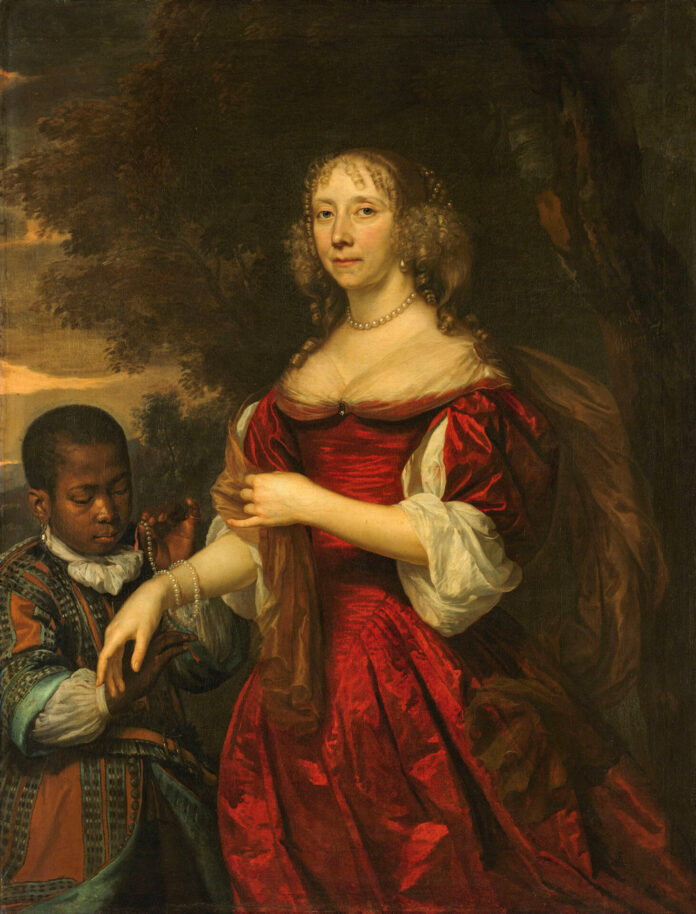Not just individual Groningers, the Groningen city administration was also directly involved in the slave trade.
So conclude UG historians Anjana Singh and Bram Tánczos and Groninger Museum curator Lieuwe Jongsma. The research into Groningen’s history of slavery was presented to a delegation of the city council on Wednesday.
There, it was announced that – besides offering apologies – the municipality of Groningen will create not one but two monuments to commemorate Groningen’s slavery past. One will commemorate the slavery past of the West India Company (WIC), the other the Dutch East India Company (VOC).
Profited handsomely
Earlier, it had come out that the city of Groningen profited substantially from the slave trade. Not just through the WIC, which had a separate chamber in the city, but also through the VOC.
Although Groningen was not involved in its founding, it had gained influence through the province of Zeeland. Moreover, many Groningers from the elite moved to Indonesia, where they held high positions within the VOC, or owned plantations where slaves were used.
‘Spate of wealth’
It now appears that the predecessors of the current municipal government also profited handsomely. ‘Children from regent families abroad, such as the Fockens, Sichterman, Alting, and Van Imhoff families, built networks that led to a spate of wealth in Groningen.’
‘As VOC employees, they came into possession of dozens of slaves who worked as cooks, gardeners, and coachmen, but who also performed hard labour’, the researchers write. ‘Petronella [Fockens], daughter of youngest brother Jacob, owned nine men and thirteen women. When her husband died, he left her twenty-six slaves.’ Her younger sister Helena received three slaves as a wedding gift.
Major investor
The connection between the city government and the WIC was even more direct. ‘The city of Groningen was one of the main institutional investors in the WIC’s Stad en Lande Chamber,’ the researchers write.
It benefited through dividends, but even more so through taxes on tobacco and coffee sold in the city. ‘These provided a much more stable source of income than the WIC itself.’ Also, two thirds of the directors of the WIC chamber came from the circles of Groningen regents.
The most striking example of direct involvement in slavery by a city official is Wolter Schonenborch. The Groningen mayor became governor general of Dutch Brazil in 1645 and therefore the colony’s highest official.




